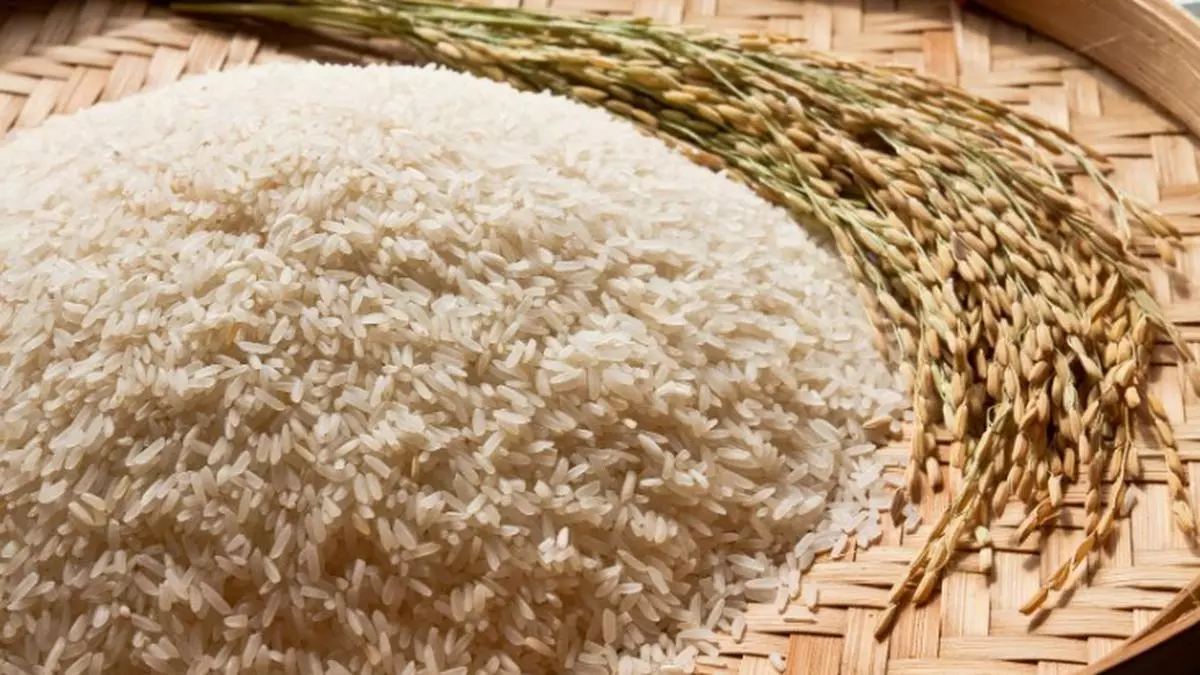Unveiling the science and art of ‘ageing rice’ in India
Ageing rice, a practice integral to enhancing its quality and flavour, is especially significant in India, where rice is a staple food for millions of people. The ageing process of rice involves storing the grains for a specific period before they are processed and sold, which can dramatically improve their culinary properties.
In India, where rice consumption is deeply embedded in the culture and diet, understanding and implementing effective rice ageing processes is crucial for both consumers and the agricultural industry.
The science of rice ageing
Rice ageing is a biochemical process that transforms the physical and chemical properties of the grain. During storage, rice’s moisture content, enzymatic activity, and amylose content undergo changes that affect its texture, aroma, and cooking qualities. The key aspects of this process include:
Moisture reduction: Over time, the moisture content in rice grains decreases, leading to harder and less sticky rice when cooked. This change is particularly beneficial for varieties used in dishes requiring fluffy and separate grains.
Starch retrogradation: The ageing process induces retrogradation of starch, which refers to the process in which starch molecules undergo realignment and reorganisation in their structure, leading to changes in texture and firmness.
Enhancement of aroma: During the ageing process, rice develops a more distinct and pleasant aroma. The ageing allows the volatile compounds responsible for the rice’s aroma to develop and intensify, enhancing the overall sensory experience of the cooked rice.
The process of ageing rice typically involves storing the grains in controlled conditions to manage temperature, humidity, and ventilation. Proper storage facilities and techniques are essential to prevent spoilage and achieve the desired ageing effects. Subtle variations in ageing practices can significantly influence the quality and consumer satisfaction of rice.This is particularly evident in India Gate’s premium portfolio, which is known for its refined flavour and texture, achieved through a carefully managed ageing process for a minimum of two years.
Benefits of rice ageing
Ageing rice has several advantages that make it a preferred choice for many consumers and culinary professionals:
Improved texture: Aged rice grains are less sticky and more resilient, making them ideal for dishes like biryani and fried rice, where individual grains must remain separate.
Enhanced flavour and aroma: The biochemical changes during ageing can enhance rice’s natural flavours and aromas, providing a richer and more satisfying culinary experience.
Better nutritional profile: Some studies suggest that aged rice may have a slightly improved nutritional profile, with enhanced bioavailability of certain nutrients.
Factors Influencing Rice ageing in India
Several factors can influence the ageing process of rice in India:
Climate: The hot and humid climate in many parts of India can accelerate the ageing process and increase spoilage risk if not managed properly.
Storage facilities: The availability and quality of storage facilities play a crucial role. Modern storage solutions with controlled environmental conditions are essential for effective rice ageing.
Rice varieties: Different varieties of rice respond differently to ageing. For instance, Basmati rice benefits significantly from ageing, developing a more aromatic and flavorful profile.
Freshly harvested vs. aged rice: A comparison
Freshly harvested rice and aged rice have distinct characteristics that influence consumer preferences and cooking applications:
Freshly harvested rice: This rice tends to be stickier and softer, making it suitable for dishes like sushi and risotto. It has a higher moisture content and a milder flavour.
Aged rice: Aged rice, on the other hand, has a firmer texture and enhanced flavour, making it ideal for Indian dishes like biryani and pulao. It is less sticky and cooks into separate grains, often preferred in many culinary traditions.
Consumption behaviour in India
In India, aged rice is highly valued, particularly in regions where rice-based dishes are central to the cuisine. Consumers often prefer aged rice for its superior cooking qualities and richer flavour. The demand for aged rice is evident in its premium prices in the market.
In conclusion, ageing is a crucial aspect of rice procurement that significantly impacts rice quality and consumer satisfaction in India. By understanding the science behind rice ageing and optimising storage practices, the agricultural industry can ensure a steady supply of high-quality rice that meets the diverse culinary needs of Indian consumers.
The author is Head – Dhuri Plant at KRBL Limited
